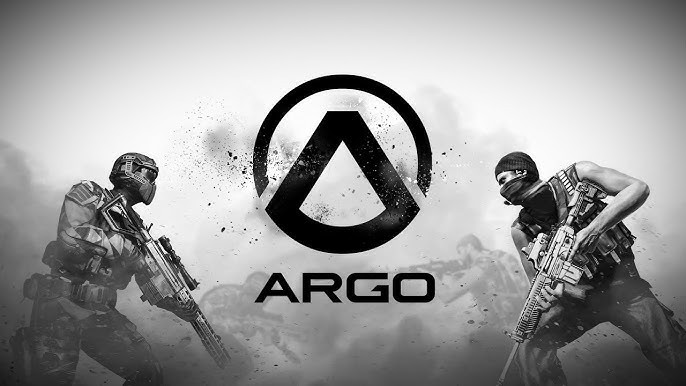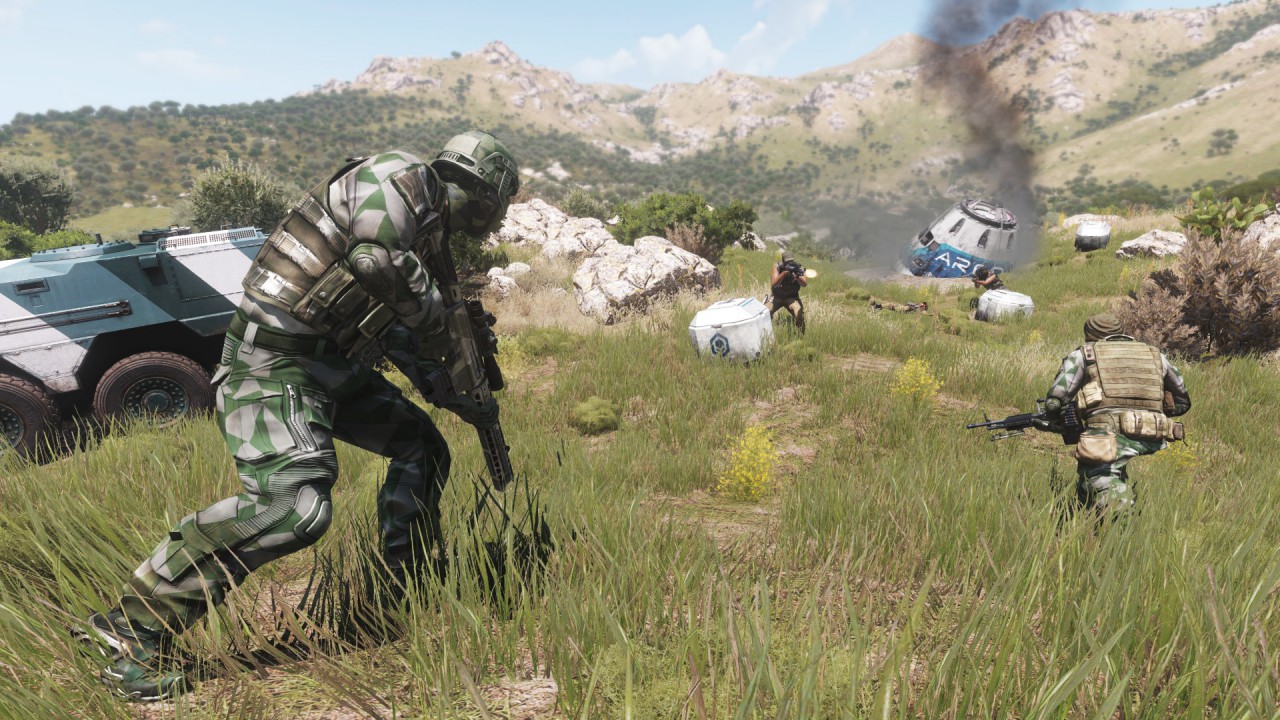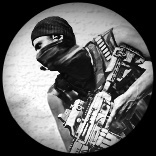Clash – Tactical Chaos in a Condensed Arena
Clash mode in Argo represents the most direct, brutal, and unforgiving distillation of the game’s tactical identity. Set within tightly packed areas where reaction speed is tested but never enough to guarantee victory, Clash forces players to compress strategic decision-making into moments of intense confrontation. The objective is simple on paper: eliminate the opposing team or capture the central zone, depending on the match’s progression. But within that simplicity lies a layered system of engagements shaped by terrain, cover, sightlines, and timing. Unlike other modes, Clash allows for little margin of error—single shots can mean instant elimination, and squad cohesion is tested like never before. Successful teams in Clash must master the art of the micro-decision. Do you breach left or right? Do you hold position or flank wide? Do you fire or maintain stealth for the sake of map control? These choices unfold in rapid succession, and the consequences of even minor miscalculations are often felt immediately. The confined nature of the maps also amplifies the importance of spawn selection and early-game positioning. One squad might opt for immediate aggression, throwing smoke and grenades to disrupt the enemy’s setup, while another might opt to bait opponents into kill zones they’ve reinforced with crossfire and overwatch. The tension is palpable throughout every match, and no two rounds ever unfold the same way.

Because of its scale and tempo, Clash is also the ultimate stress test for communication and internal squad discipline. While in Link or Raid there may be time for planning rotations or fortifying positions, Clash demands instant synchronization. The squad leader must function almost like a conductor, calling plays in real time while adjusting to enemy behavior and team dynamics. There is often no time to regroup or reset; instead, survival depends on fallback plans prepared ahead of time. Each team member’s specialization takes on critical importance, especially in weapon choice and role fulfillment. A sniper can lock down a corridor, while a rifleman provides suppression to enable a breacher’s advance. The more experienced teams even rehearse standard opening maneuvers, using them as opening gambits to gain momentum. The best players also understand how to read the rhythm of a match—knowing when the enemy is pushing too aggressively and setting traps accordingly. They turn the confined map into a pressure cooker, slowly turning up the heat until the enemy makes a mistake. In this sense, Clash transcends its role as a mere game mode and becomes a showcase of raw tactical brilliance. It strips away luxuries, exposing teams to the bare essence of combat where awareness, discipline, and decision-making define whether they walk away victorious or watch the match from the respawn screen.

 100
Play
100
Play
Ultimately, Clash mode is where raw mechanics meet calculated strategy in the tightest confines. It’s the proving ground for newcomers seeking to cut their teeth and for veterans wanting to refine their fundamentals. It challenges players to control chaos, to remain composed under fire, and to think one step ahead even when the battlefield shrinks to a single building or street. It’s also the mode where the game’s audio design shines brightest—footsteps, reload clicks, and distant gunfire become vital indicators of enemy presence. Mastering Clash means not just shooting straight, but playing smart in a space where every corner could conceal an ambush, and every second could decide a round. Whether a match ends in a clean sweep or a dramatic last-man-standing standoff, Clash mode continues to define Argo’s essence as a battlefield simulator that rewards mental sharpness as much as mechanical skill. Ultimately, Clash mode is where raw mechanics meet calculated strategy in the tightest confines.


